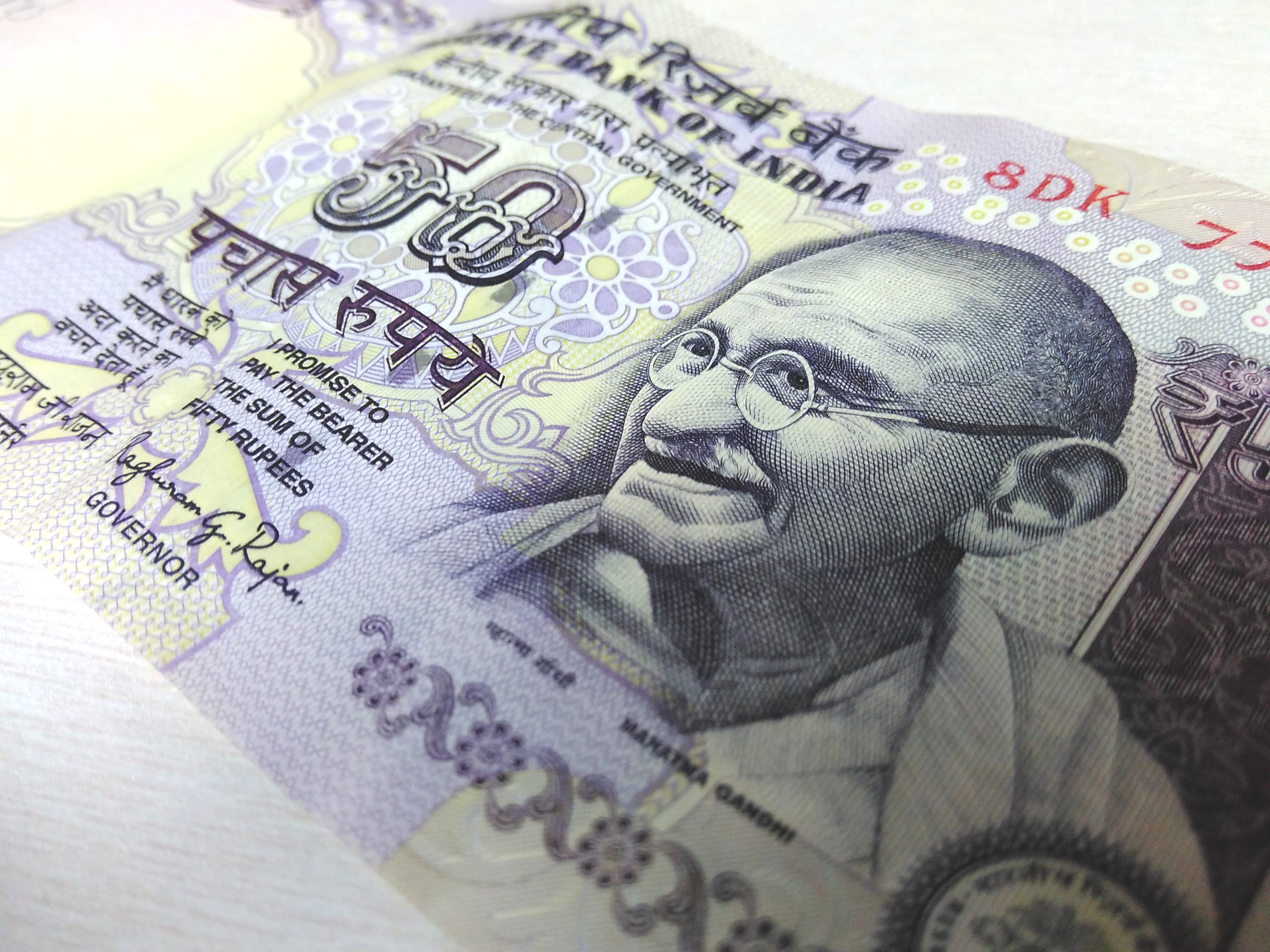In a recent legal battle before the Delhi High Court, Hind Chemicals Ltd. (herein referred to as plaintiff) took legal action against Mr Rajesh Chawla & Ors. (herein referred to as defendant). The plaintiff had initiated the suit regarding its trademark ‘SU-MAG’ challenging the defendants’ use of the mark ‘GUDMAG’ with respect to pharmaceutical preparations in Class 5.
Justice Prathiba M Singh had issued an injunction against Mankind Pharma Limited (since defendants 2, 3 and 4 had merged with Mankind Pharma Limited), restraining them from infringing the plaintiff’s trade mark SU-MAG by using the contentious packaging for its product labelled ‘GUDMAG’.
The plaintiff, Hind Chemicals, held the registration of the trademark ‘SU-MAG’ and had been using it since 1949 for a cream-based product marketed as ‘SU-MAG’ ointment. Notably, Defendant 3 & 4-Lifestyle Pharma Pvt. Ltd. had merged with Mankind Pharma Ltd.
The plaintiff had asserted that ‘SU-MAG’ ointment was a significant part of its product line, constituting approximately 93% of its manufacturing business and overall sales in 2005-06. The medical ointment ‘SUMAG’ was recommended medicine and was widely available throughout India. In addition to ‘SU-MAG’,’ the plaintiff had manufactured various other products such as ‘MAG-MAG’, ‘CREMOBAR’, ‘COFEX’, ‘GLYCERIN’, ‘SUPPOSITORY’ and ayurvedic products like ‘Livzon Syrup and Capsule’ and ‘Imminex Syrup and Capsule’.
Since 1950, the plaintiff had claimed that ‘SU-MAG’ had been packaged in a container featuring original artistic work, layout, a distinct get-up, and a peculiar schematic arrangement of various features such as circles, frames, text font and colour, blocks, and a distinctive and unique colour scheme of white, orange, and grey. Moreover, the packaging prominently displayed the ‘SU-MAG’ mark. The plaintiff also held a copyright for this unique and distinct packaging. The plaintiff alleged that defendants who are engaged in the business of manufacturing allopathic and ayurvedic pharmaceutical preparations had adopted the ‘GUDMAG’ mark for an identical composition. Not only does this mark replicate the ‘SU-MAG’ mark on the container, but it also duplicates the wrapper label, containing original artistic elements and a distinctive colour scheme of white, orange, and grey colours of the plaintiff’s product.
In 2006, the Court had granted an ex-parte interim injunction. According to the evidence presented, the plaintiff’s witness had stated that he received sales information from the plaintiff’s accounts branch but did not personally verify the sales figures. The defendant’s witness had stated that he didn’t identify competitors for ‘GUDMAG’ products and only searched for the trade mark. Additionally, he had claimed that he was not aware of the plaintiff’s product ‘SU-MAG’.
The Court observed in the present case that both the plaintiff’s and defendant’s packaging shared almost identical colour combinations. After scrutinizing the packaging and marks, the Court concluded that the defendants had attempted to imitate the well-known packaging of the plaintiff, which had been in use since 1967. Consequently, the Court decreed the present suit in favour of the plaintiff, awarded Rs 3 lakhs as damages and directed the sum of Rs.5 lakhs within three months, failing which the plaintiff is free to execute the present decree.
First Published by: IP Link Here







